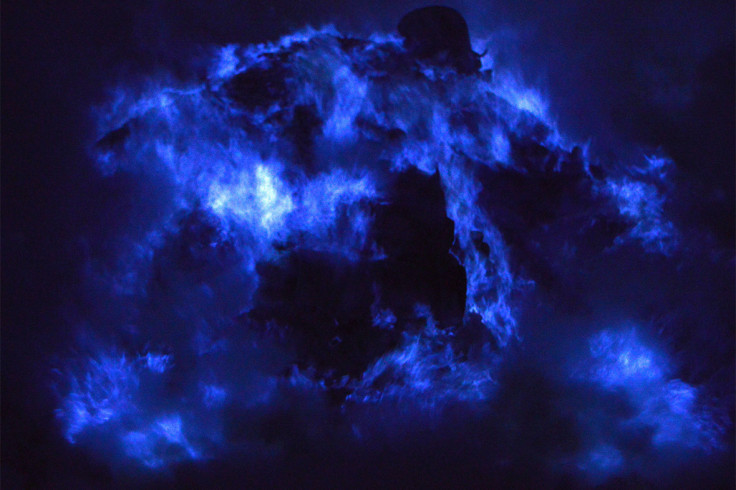Kawah Ijen: The Indonesian volcano that spouts electric blue lava

In Indonesia sits an active volcano that is different to most others. The Kawah Ijen volcano complex is situated in East Java and is made up of a collection of volcanoes, and has a cauldron shaped caldera that spans 22km, which unusually spouts electric blue lava.
It spurts blue lava that makes it look like electricity is flowing to its base. But this is not as magical as one might think, it is actually down to basic chemistry. The lava is a natural fiery colour but it is the intense heat around it and the copious amount of sulphuric gases that alter its appearance.
When the gas comes in contact with air temperatures that exceed 360C, it gives off a blue light. Pockets of sulphuric gases are contained within the lava, which are released when it reaches the surface.
However, it has been quite difficult to photograph for prolonged periods of time because of the potentially poisonous emissions. In 2013, photographer Olivier Grunewald attempted, and succeeded, to document it for a 30 days as part of a documentary.
He told the Smithsonian: "The vision of these flames at night is strange and extraordinary. After several nights in the crater, we felt really living on another planet. The main problem was the acidic gases that whirled constantly in the crater.
"The night seriously increased the difficulty as well, because it became almost impossible to see when dense gases arrived — at times, we were stuck in gas plumes for over an hour without being able to see our hands. During my first trip, I lost a camera and two lenses that had been corroded by acid. After we got back home, it took up to three weeks for our skin to lose the smell of sulphur."
© Copyright IBTimes 2024. All rights reserved.







